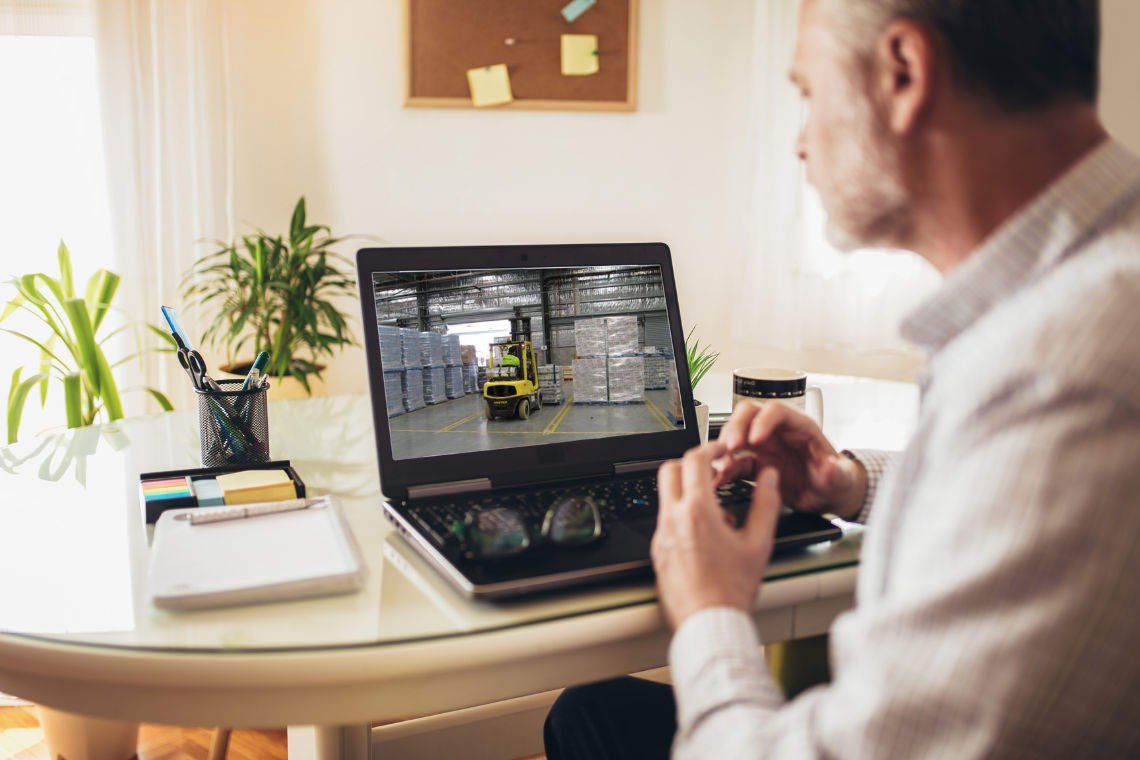The current version of the ISO 19011 Guidelines for auditing management systems includes the points that “Auditors should apply professional judgement during the audit process” followed by “Where the degree of verification is low the auditor should use their professional judgement to determine the degree of reliance that can be placed on it as evidence”.
A degree of ‘professional scepticism’ underpins the exercise of the professional judgment. Auditors should be automatically sceptical and ask themselves, ‘Am I getting the full picture? Have these audit responses been choreographed?, and Is there any evidence to support the comments?’
To achieve confidence in the auditee’s compliance status, there is a need to review the presented documentary evidence (whether that be in procedures, completed forms or an IT system) and ‘pressure-test’ this verbally across a number of the work-teams and/or observe it in action.
With virtual auditing, the exercise of professional judgement is even more critical. The professional experience of the auditor comes to the fore during the virtual site tour to achieve the ‘observe it in action’ component. By working through a pre-established list of what is expected to be seen whilst virtually ‘walking though’ the site, the auditor can cross-check what’s shown against what should be present. For example, when auditing a warehouse area, the auditor will be looking to see the following:
- A mechanically sound forklift with a completed pre-use inspection form
- Speed limit signage and operators driving safely within the limits
- Hi-vis being worn and pedestrian movement on the designated walkways
- Sturdy pallets that are shrink-wrapped or restrained when they are stored at height
- Structurally sound pallet racking, with SWL signage and collision guards in place
- Appropriate levels of housekeeping being maintained
- Emergency access clear
QRMC’s experience with the virtual audit process suggests that there is often a need to double-back on evidence to dispel the professional scepticism and to make sure everything the auditee claims to be done, is actually done.
While there is some leeway when applying professional judgement, the site tour component of a virtual audit needs to provide sufficient evidence to justify the auditor’s confidence that the audit criteria have been addressed.
QRMC can provide advice on effective management and logistics for virtual auditing. Please contact us for more information.











